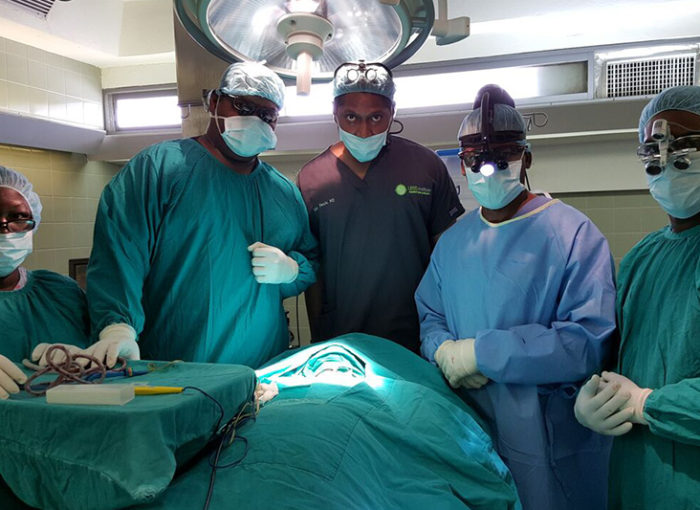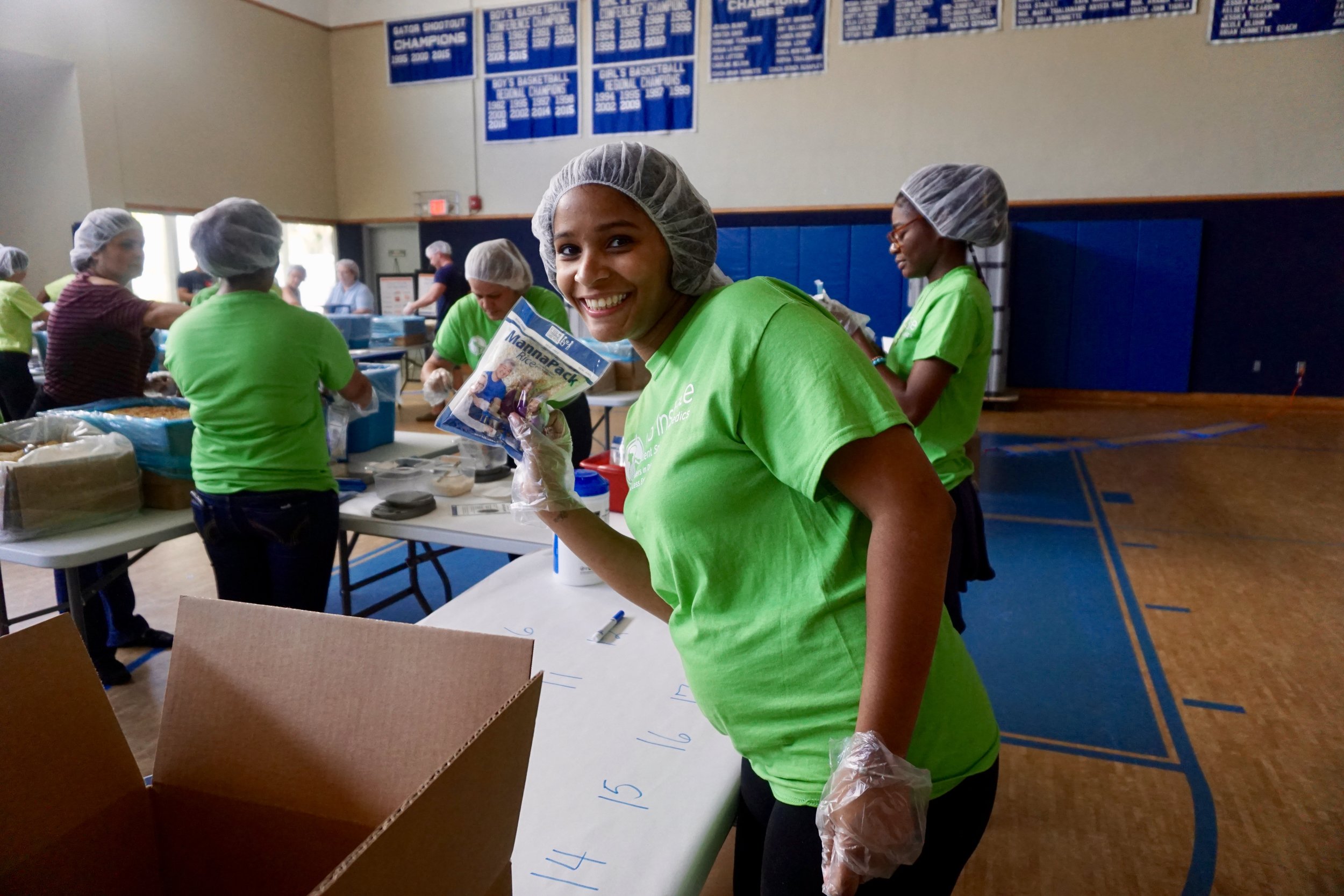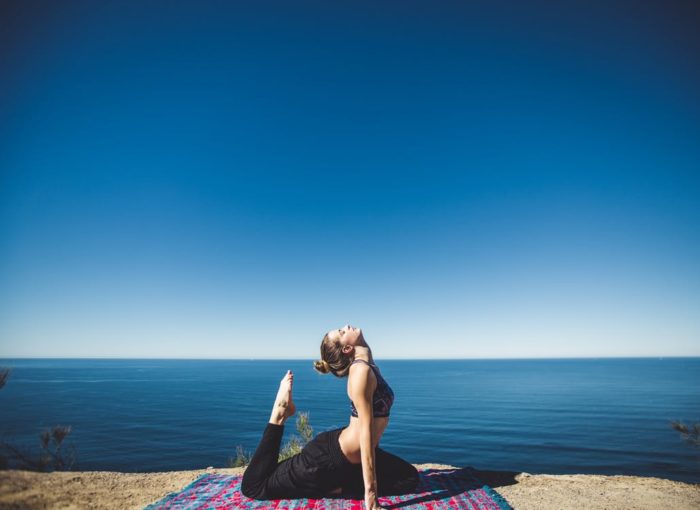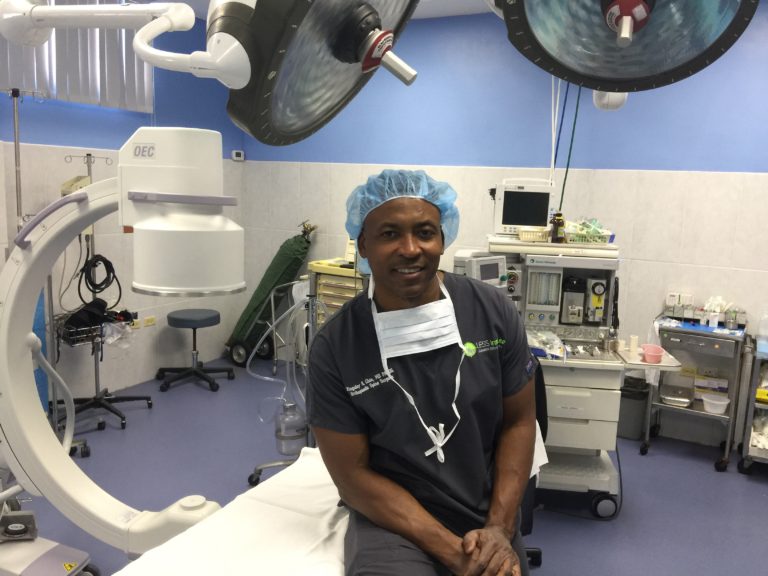By Abagail Sullivan
On July 3, 2015 Dr. Kingsley R. Chin of the LESS Institute in Florida and Jamaican Neurosurgeon Dr. Franz Pencle performed a Less Exposure Surgery procedure on a middle age, male patient who suffered from severe myelopathy (spinal cord compression) due to a progressive degenerative disorder. The procedure took place at Cornwall Regional Hospital in Montego Bay, Jamaica. Before surgery, the patient was incapacitated. “He was basically quadriplegic,” Dr. Fabio Pencle, a LESS Institute Research Fellow who supported the case says. “On his strength test, he scored a 1/5 throughout all limbs –which means he could barely flicker his digits.” Dr. Fabio Pencle believes that the patient survived because of treatment. “Patients with similar symptoms demised because they didn’t receive timely treatment,” says Dr. Fabio Pencle.
Dr. Chin, Dr. Franz Pencle and Dr. Fabio Pencle donated their time for the case and SpineFrontier donated the SoloFuse hardware. The Less Exposure Surgery (LES) procedure was performed through a midline cervical incision, dissection to expose the affected level and a discectomy using rongeurs and burr. A DBM packed A-CIFT SoloFuse was placed and fixed with screws. This was the first case a standalone implant in Jamaica. It was also the first outpatient spine surgery done at Cornwall Hospital. The patient could sit upright twelve hours after surgery, and he tested 5/5 on a strength test in the upper limbs and 4/5 in the lower limbs –indicating that he had significant improvement in less than 24 hours.
About SpineFrontier’s A-CIFT™ SoloFuse-P™
The A-CIFT SoloFuse-P standalone Less Exposure Surgery system features a simple dual screw construct, a large graft window, large diameter screws, and slim, agile instrumentation. Its zero-profile and all PEEK-OPTIMA Natural design minimizes tissue disruption.


























